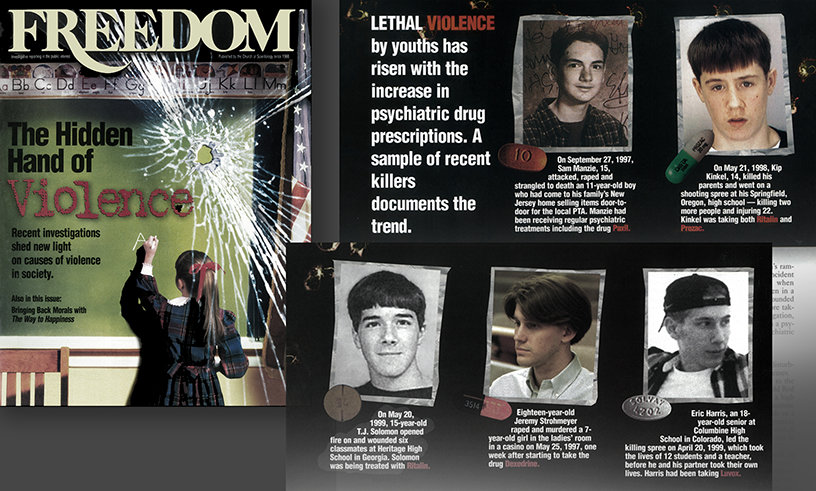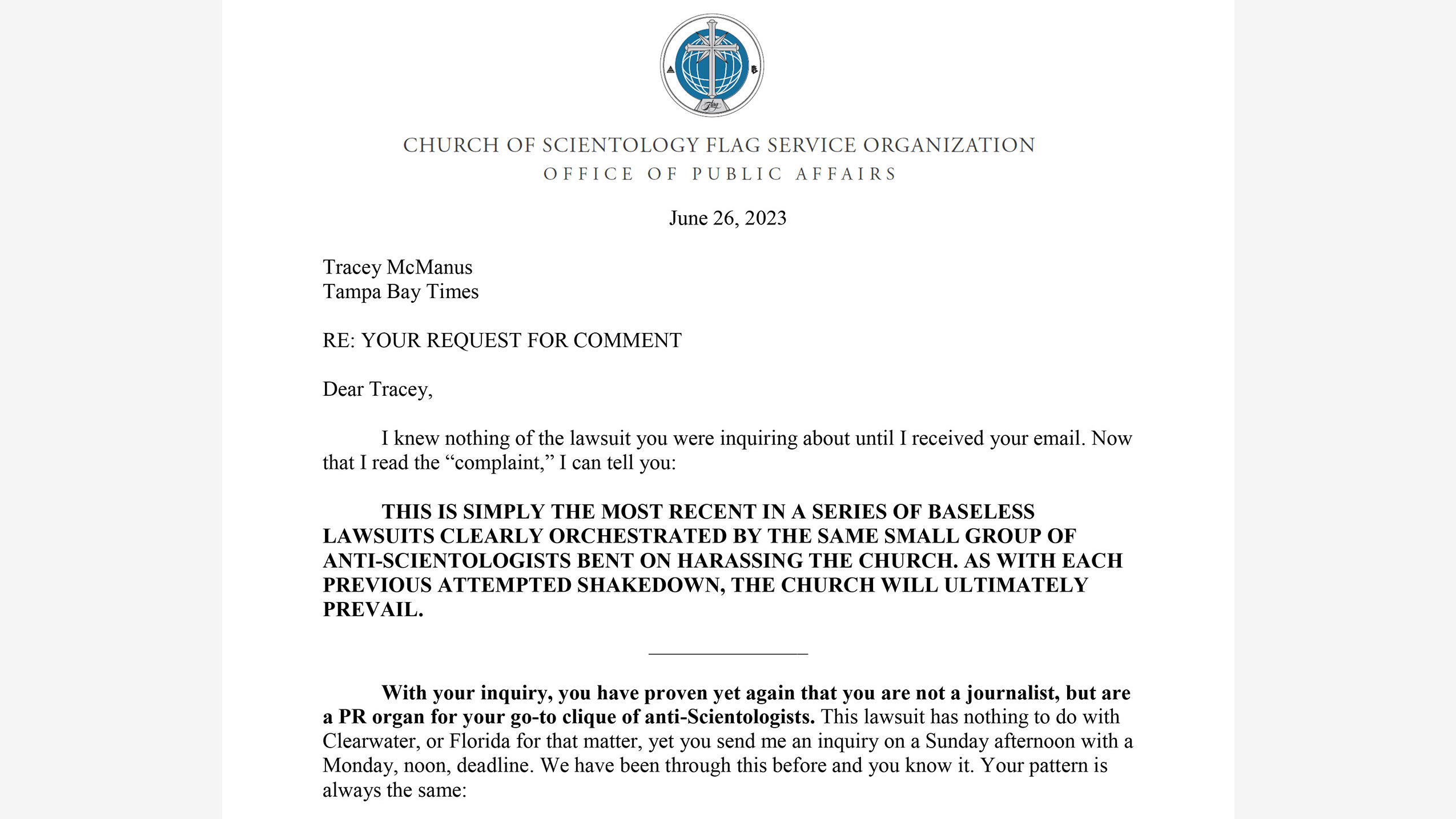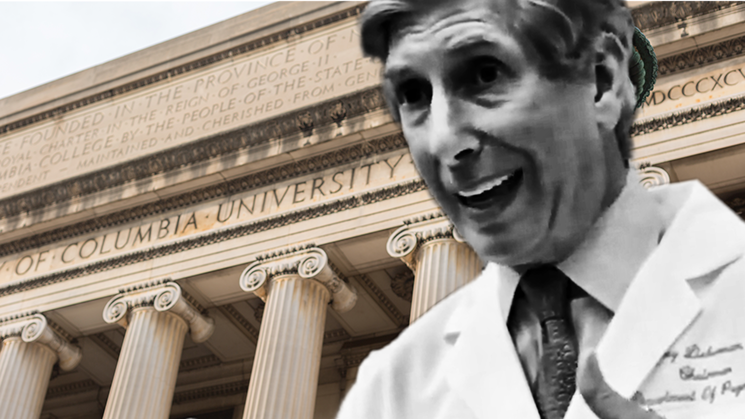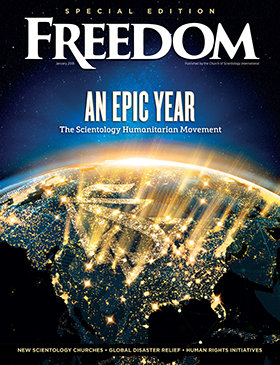Tragedy in Uvalde—What is the Hidden Cause of School Shootings and Other Acts of Violence?
On May 24, 2022, at Robb Elementary School in Uvalde, Texas, the unimaginable and unthinkable happened. Again. An armed gunman entered the school and opened fire. Nineteen children and two teachers died.
The Uvalde shooting was but one in a recent string of mass killings in the United States. Ten days prior to the incident in Texas, a racist rampage in Buffalo, New York, resulted in 10 dead and three wounded. Two weeks after Uvalde, a spate of shootings in Tennessee, South Carolina and Arizona left 15 dead and 60 more wounded.
In the first six months of 2022, there have been 246 mass shootings according to the Gun Violence Archive, which tracks mass shootings and predicts this year could potentially become the deadliest year on record for such incidents.
Uvalde was perhaps the most wrenching of these. The faces of victims smiling from news magazine covers were 9, 10 and 11 years old. Grieving parents, devastated survivors and numbed neighbors asked “Why?” And “Could this happen again?”
In the past decade, efforts to discover what catalyzes mass killers have overlooked two important questions. What mental health counseling had the shooters received? And what psychiatric drugs were they taking?
In Uvalde and elsewhere, investigators and government officials looked for answers. The availability of firearms, parental irresponsibility, the failure of the educational system to act before it becomes too late—all were targets for blame.
In the past decade, efforts to discover what catalyzes mass killers have overlooked two important questions. What mental health counseling had the shooters received? And what psychiatric drugs were they taking?
Drug-Fueled Killing Sprees
For more than three decades, Freedom has documented the link between violent behavior and psychiatric drugs.
In May 1988, Laurie Dann walked into a Winnetka, Illinois, classroom with three handguns, killing one second-grader, wounding five others, shooting an innocent bystander as she fled, and finally turning the gun on herself. In September that year, 19-year-old James Wilson opened fire in the cafeteria of an elementary school in South Carolina, killing two students and wounding several others. Dann and Wilson had extensive psychiatric histories at the time of their assaults, but neither had any record of violence prior to undergoing psychiatric treatment.

Freedom Magazine coverage of earlier shootings linked to psychiatric drugs.
In 1989, a Freedom investigation disclosed that mass murderer Joseph Wesbecker, who walked into the Kentucky printing plant where he worked and killed nine coworkers and wounded 14, was on Prozac, a psychiatric anti-depressant drug “known to cause sudden and violent outbursts.”
That pattern continued. And 10 years later, Freedom’s examination of this epidemic of violence uncovered connections between school shooters and psychiatric drugs.
The casualties have mounted as psychological counseling and behavior modification classes have been added to school curricula. Freedom has repeatedly called for investigation into the relationship between these treatments and youth violence.
On May 21, 1998, 15-year-old Kip Kinkel killed his parents and went on a shooting spree at his Oregon high school, murdering two and injuring 25. Kinkel was taking Ritalin and Prozac.
On May 20, 1999, T.J. Solomon, 15, opened fire, wounding six classmates at Heritage High School in Georgia. Solomon was on Ritalin.
Eric Harris, an 18-year-old senior at Columbine High School in Colorado, led a shooting spree on April 20, 1999, killing 12 students and a teacher before he and his partner Dylan Klebold took their own lives. Harris was on Luvox.
The Other Deadly Connection
There is also the second element in the deadly mix.
Harris and Klebold were attending court-ordered psychological counseling, including “death education” and “anger management” classes. When asked to imagine the circumstances of his own death, Harris wrote an essay describing how he had nightly dreams of going on a shooting rampage—a dream that became a very real nightmare.
Last November, 15-year-old Ethan Crumbly, who killed four and wounded seven in a school shooting in Michigan, had been attending behavioral modification classes, where he drew pictures of guns and of people being shot. The day of his spree, his teacher discovered a note that included a picture of a bullet and the words “blood everywhere.” Below the figure of a person who had been shot was a laughing emoji and the words “my life is useless.”
As with any epidemic, to put an end to mass shootings we must discover and eradicate their source. Psychiatrists and psychologists must be held accountable for the violence unleashed through their drugs and treatments.
The casualties have mounted as psychological counseling and behavior modification classes have been added to school curricula. Freedom has repeatedly called for investigation into the relationship between these treatments and youth violence.
Gunshots in Uvalde
As information continued to emerge on Uvalde shooter Salvador Ramos, the 18-year-old gunman, the scenario had a chilling echo of earlier teen shootings. Before he gunned down his schoolmates, Ramos posted his plans on social media.
One worried reader asked: “Are you going to shoot up a school or something?” Another, a 17-year-old girl Ramos met on line, stopped exchanging messages when he threatened, “i wanna kill u.”
We Will Only Get the Answers by Asking the Right Questions
U.S. Rep. Joaquin Castro from San Antonio sent a letter to FBI Director Christopher Wray urging the agency to “use its maximum authority to examine the timeline of events around the Uvalde school shooting and the law enforcement response.”
On May 29, the U.S. Department of Justice announced it would subject the incident to a “critical independent review.”
Investigations have continued but to date the results have not been made public.
To end the terror in our schools, we must ask the right questions: Had the suspect received any form of psychological behavioral treatments? Was the perpetrator taking a psychiatric drug? And has that drug been investigated for or linked to violence or homicidal tendencies?
Ending the Violence
As with any epidemic, to put an end to mass shootings we must discover and eradicate their source.
This will only happen if we demand the answers to these questions and take action to end the ongoing tragedies.
Psychiatrists and psychologists must be held accountable for the violence unleashed through their drugs and treatments. They must be charged as accomplices for the crimes committed by those under their care.
That is the only way we will be able to answer the questions of one traumatized Texas survivor: “What happens when it happens again?”
For the sake of our children, we must act. We will only end the violence by confronting and eradicating its cause.












